In a patent application filed with the U.S. Patent and Trademark Office, Apple details a hybrid input peripheral that boasts built-in inertial sensors and an external touchpad, affording users a large range of motion and fine-tuned control with one device.
Published by the Patent Office on Thursday, Apple's "Hybrid Inertial and Touch Sensing Input Device" filing looks to bundle the positive attributes of traditional input devices like mice, trackballs and trackpads into a single product.
Typically, a computer mouse uses an optical sensor, trackball or track wheels to control an onscreen cursor. Trackpads, like the multitouch unit used throughout Apple's MacBook lineup, use capacitive signals disposed across a small area to track motion. Other types of devices use accelerometers and inertial sensors to detect movement, which is translated onscreen by the computer.
These input methods all have positive and negative aspects inherent to their respective designs. As noted in the patent language, "most, if not all, conventional input devices are inadequate in tracking both large and fine motions." For example, inertia-based inputs excel at tracking large ranges of motion, but are limited when it comes to fine movements. On the other hand, trackpads are excellent at reproducing fine ranges of motion, but it would take a user more effort to move a cursor across a display than with a mouse.
Block diagram of input device.While device drivers help bridge the gap with software, Apple's patent application gives a hardware solution that incorporates both a motion sensor for wide control, and a touch pad for fine applications. Two processes are at work: a calculation of velocity and acceleration, and positioning data from the touch sensor. The two input processes determine the output signal, and thus how a cursor moves onscreen.
A problem arises when combining the two forms of input, however, as the device needs to "know" when to use motion data from the accelerometer, and when to use signals from the trackpad. In order to make the system work seamlessly, and without user assistance, the document describes a system which uses thresholds to manage device output.
Discussed in detail are how velocity and capacitance, or touch, data correspond with one another over time. By setting thresholds for these signals, or lack thereof, the device can intelligently determine whether to use an output process based on motion or touch. Velocity can be a measure of acceleration, while touch signals can be measured by a user's finger position or pressure.
Weighting is also implemented to further refine the system. For example, if a velocity threshold is passed, but a predefined touch threshold is not, the device will determine that a user is meaning to move a cursor via inertial control. Likewise, if a pressure or capacitance threshold is crossed, and weighted heavily against a minor inertial movement, the system will use touch input.
As with many Apple patent applications, it is unclear if the property will ever be used in a commercial product. Technology exists to build such a device, however, and many components already deployed in various iOS device and Mac products.
Apple's hybrid input device application was first filed for in 2012 and credits Farshid Hashimi as its inventor.
 Mikey Campbell
Mikey Campbell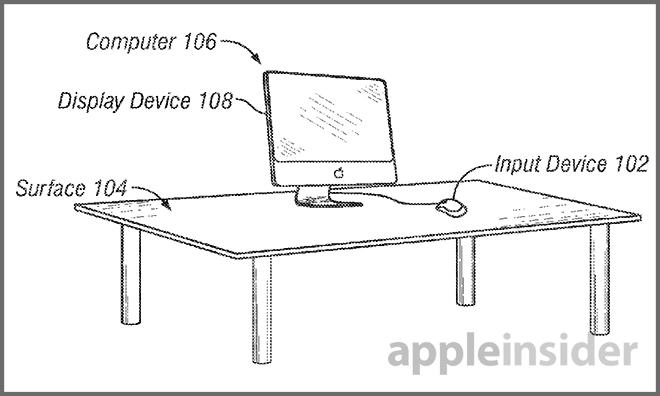
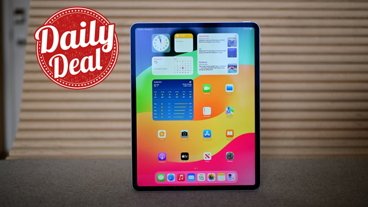
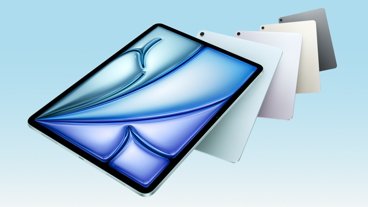
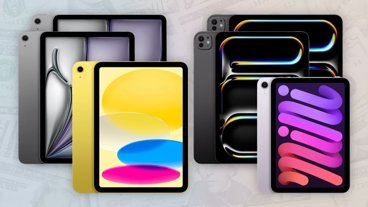

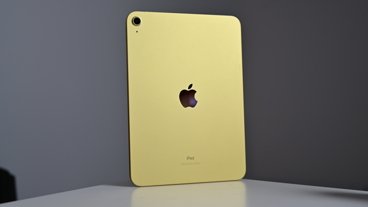
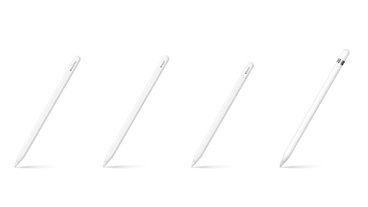

-m.jpg)





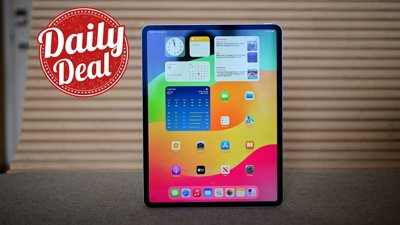
 Christine McKee
Christine McKee
 Marko Zivkovic
Marko Zivkovic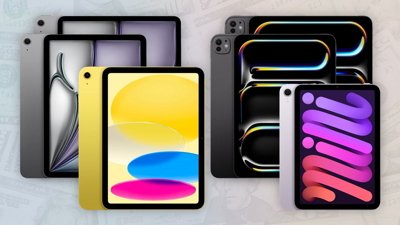
 Malcolm Owen
Malcolm Owen
 Andrew Orr
Andrew Orr
 Amber Neely
Amber Neely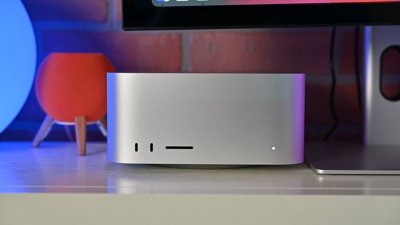
 William Gallagher
William Gallagher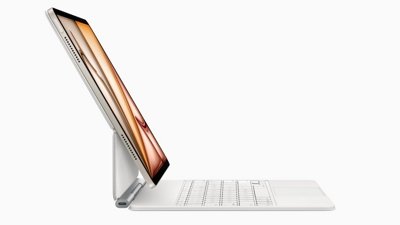
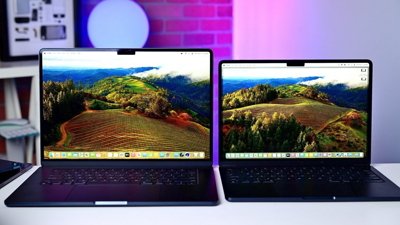
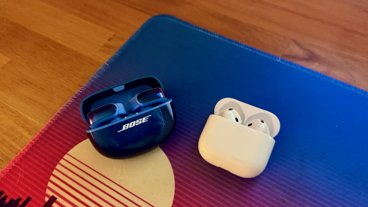


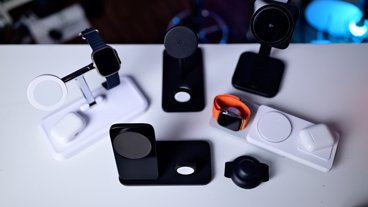

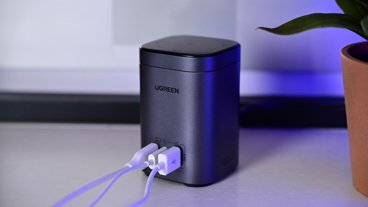

14 Comments
Apple getting ready to see a case from Leap Motion and all.
Apple getting ready to see a case from Leap Motion and all.
Oh how cool, Leap Motion is looking pretty promising, I just pre-ordered one, thanks for the tip off.
is it just me, or are these patents becoming more vague each time?
They need a better mechanism to allow scrolling around the thee 4K monitors on the MacPro. :) If they do this right, it should be very nice.
Seems like the next logical evolution of the Magic Mouse: instead of just swiping and scrolling on the top surface you can control the pointer too.